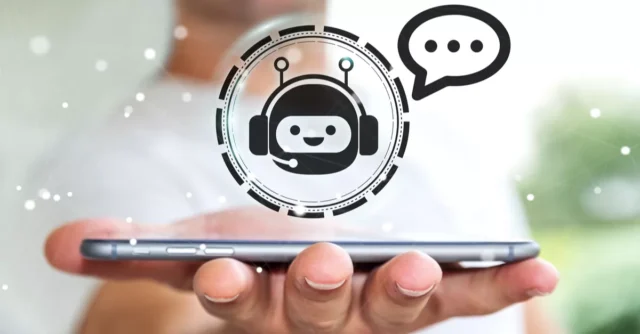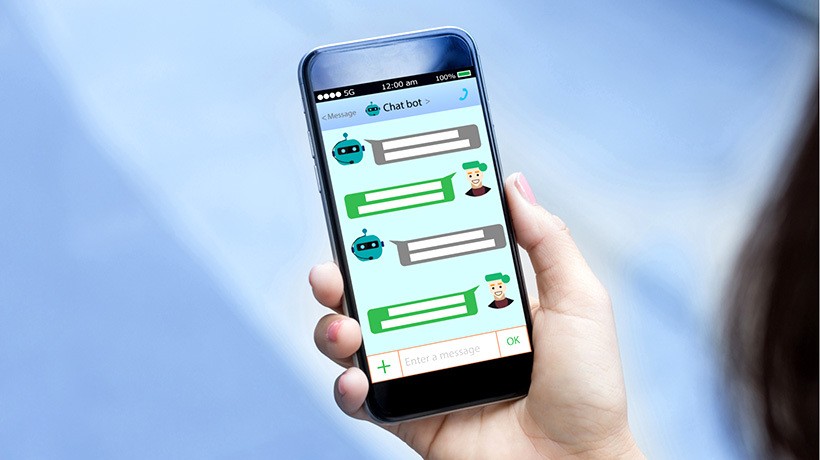In today’s digital landscape, mobile apps are a crucial part of businesses’ customer engagement strategies. Integrating AI-powered chatbots into your mobile app can significantly enhance user experience, providing instant support and personalized interactions. This blog post will guide you through the essential steps to build a mobile app that seamlessly integrates with AI chatbots.

Table of Contents
Toggle1. Define Your App’s Purpose and Audience
Before diving into development, clarify the primary purpose of your mobile app. Identify your target audience and their needs. Will your app provide customer support, facilitate bookings, or offer product recommendations? Understanding your users’ requirements will help you design a chatbot that delivers value.
2. Choose the Right AI Chatbot Framework
There are several AI chatbot frameworks available, each offering unique features. Some popular options include:
- Dialogflow: A Google-powered framework that provides natural language understanding and integration with various platforms.
- Microsoft Bot Framework: A comprehensive platform that enables you to build, test, and deploy chatbots across multiple channels.
- IBM Watson Assistant: An AI service that helps you create conversational interfaces for apps, websites, and more.
Evaluate these options based on your app’s requirements, scalability, and the complexity of conversations you want the chatbot to handle.
3. Design the Chatbot Conversation Flow
A well-structured conversation flow is crucial for user satisfaction. Start by mapping out the various user interactions your chatbot will handle. Consider the following:
- User Intent: Understand what users are trying to achieve when they interact with your chatbot.
- Response Variations: Prepare multiple responses for different scenarios to make conversations feel natural.
- Fallback Options: Implement fallback responses when the chatbot doesn’t understand user input. This could lead users to human support or provide them with resources.
Tools like Lucidchart or Miro can help visualize conversation flows effectively.
4. Develop the Mobile App
Once your chatbot design is complete, it’s time to start developing the mobile app. Here are key steps:
- Choose Your Technology Stack: Select a development framework based on your requirements. Common choices include React Native, Flutter, and native development (Swift for iOS, Kotlin for Android).
- Build the User Interface (UI): Focus on creating a user-friendly interface. Ensure that the chatbot is easily accessible, perhaps through a dedicated button or chat icon.
- Integrate the Chatbot: Use APIs provided by your chosen chatbot framework to connect the chatbot to your app. Ensure seamless communication between your app and the chatbot server.
5. Implement Natural Language Processing (NLP)
To enhance user interactions, implement Natural Language Processing (NLP) capabilities. NLP allows the chatbot to understand and interpret user input effectively. Ensure your chatbot can handle variations in language, slang, and context.
6. Test the Chatbot
Thorough testing is vital before launching your app. Conduct multiple tests, including:
- Functional Testing: Ensure all features work as intended.
- Usability Testing: Gather feedback from real users to identify pain points and areas for improvement.
- Performance Testing: Check the app’s performance under different scenarios, such as high user traffic.
7. Monitor and Optimize
Once your app is live, continuously monitor its performance. Use analytics tools to track user interactions with the chatbot. This data will provide insights into user behavior, helping you optimize the chatbot’s responses and improve overall app performance.
8. Update and Enhance
Regularly update your app and chatbot based on user feedback and technological advancements. Add new features, enhance the conversation flow, and improve AI algorithms to ensure your chatbot remains relevant and effective.
Conclusion
Integrating an AI-powered chatbot into your mobile app can transform user engagement, offering personalized experiences and immediate support. By following these steps—from defining your app’s purpose to continuous optimization—you can create a robust mobile app that meets user needs and stands out in the competitive app market. Embrace the future of customer interaction and make your app a go-to resource for users through the power of AI chatbots.


No responses yet